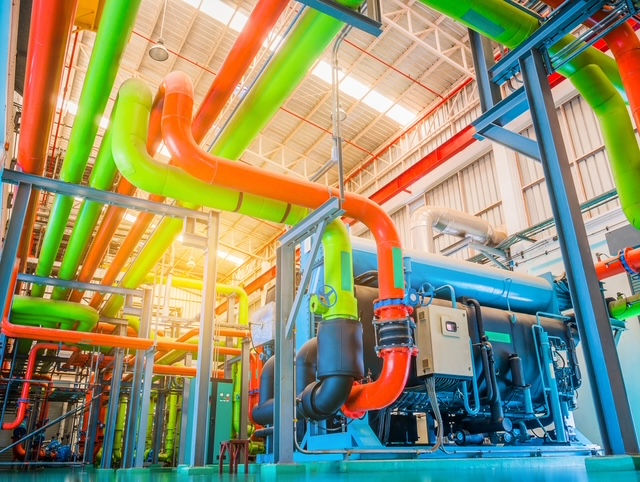HVAC Plays an Integral Part in Preventing the Spread of Smoke and Fire Via Air Handling Systems
- MSC
- Dec 29, 2022
- 2 min read
Fire codes in most jurisdictions require duct smoke detectors to be installed on the supply side of air handling units of more than 2,000 CFM and on each story of air return systems exceeding 15,000 CFM serving more than one story. When the presence of smoke is sensed within an HVAC duct system, a duct smoke detector will initiate an action appropriate to the situation, such as cutting power to individual air handling units or fans and opening or closing dampers, doors, or shutters.

Beam smoke detectors are often installed at upper levels of large, open areas with high ceilings where traditional smoke detection systems are difficult to install and maintain. These systems are designed to open floor-level doors and activate rooftop exhaust systems to purge smoke from the area in minimal time. Stairwells in high-rise buildings employ somewhat of an opposite approach. When fire alarms are activated, static pressure sensors control the speed of rooftop fresh air intake fans to maintain positive pressure throughout the stairwell and prevent smoke from entering during emergency egress. In laboratories, fume hood systems are designed to reduce airflow to maintain just enough negative pressure to prevent chemical or biological hazards from escaping the hood when a fire occurs.
Intensive testing is required for all buildings to ensure that integrated fire protection and HVAC systems perform to design intent, during which local fire marshals and building inspectors use smoke emitters to mimic actual fire conditions. Testing is conducted under various scenarios, with normal power supply and on generator power and battery backup, to make sure alarms and emergency ventilation systems work in different situations. Fire system testing can be extremely demanding, with inspectors often requiring tests to be repeated even after they’ve been passed successfully, and the entire inspection process can often take as long as two weeks in larger facilities.




Comments